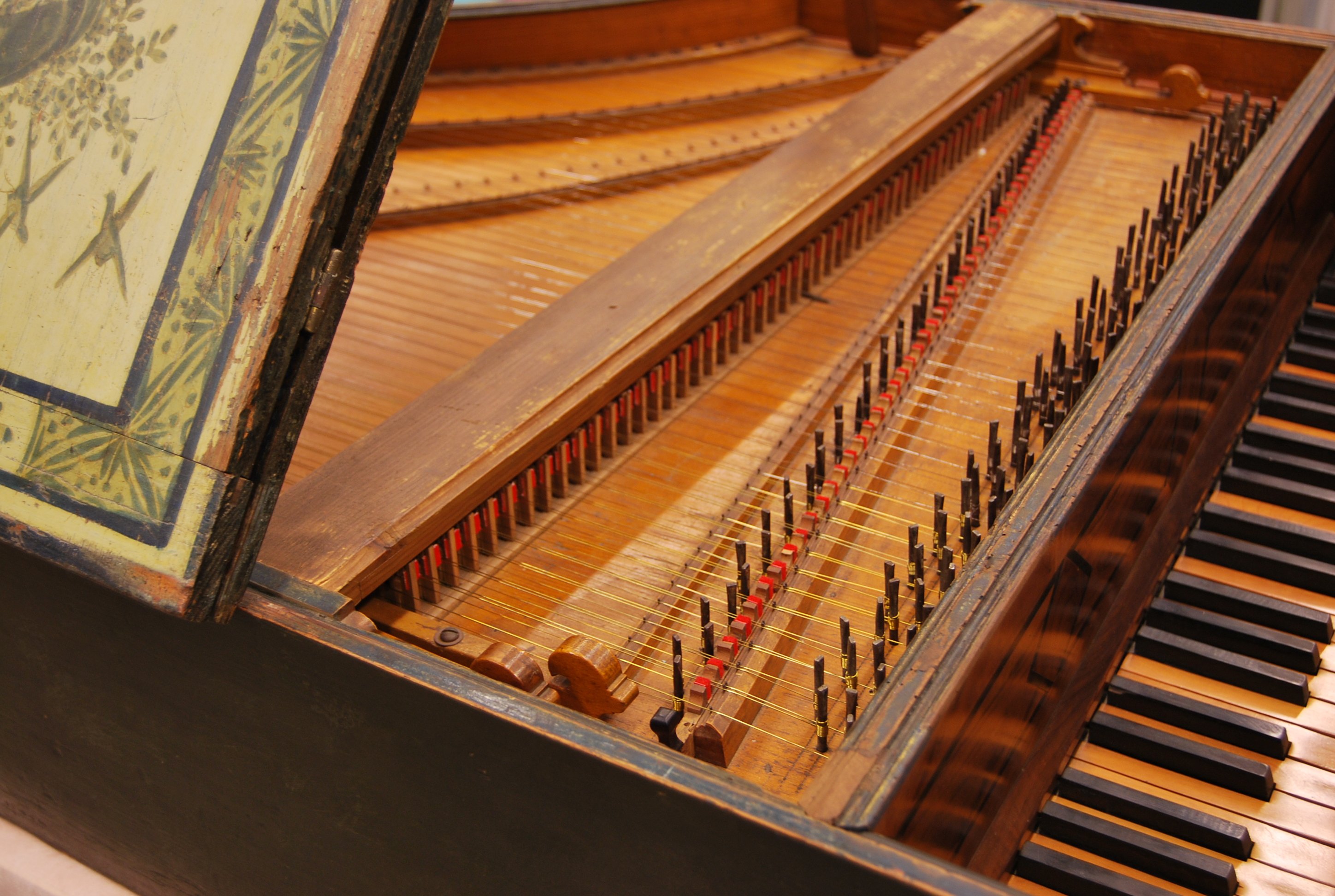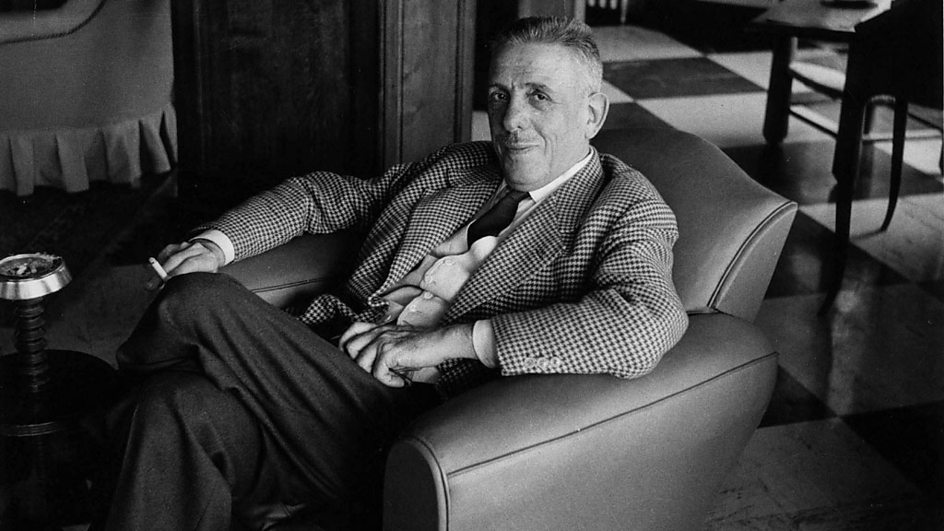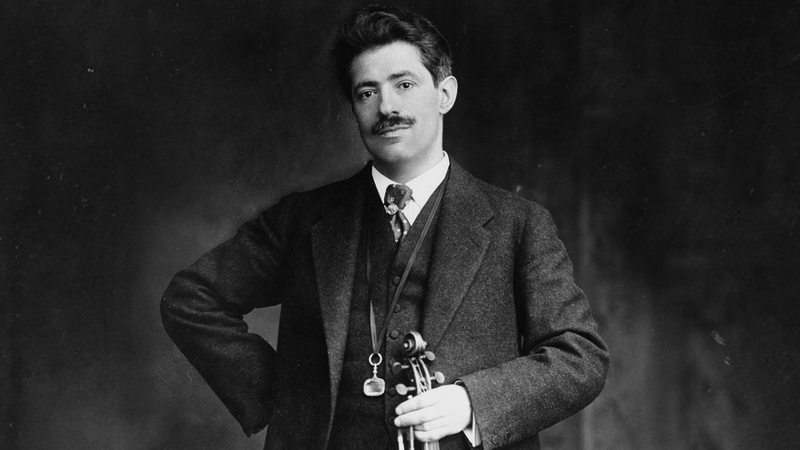Harpsichordist Andrew Appel on J.C.F. Fischer’s Passacaglia
With the start of the new year, harpsichordist Andrew Appel and the Hudson Valley, New York-based Four Nations Ensemble are launching an exciting new baroque music initiative. “A Four Nations Concise Dictionary of Music” will offer a new recording and program notes, monthly. With this new model, Appel hopes to reach new audiences. When I contacted him a few days ago, Appel explained, We were disappointed with the effectiveness of getting our performances …







